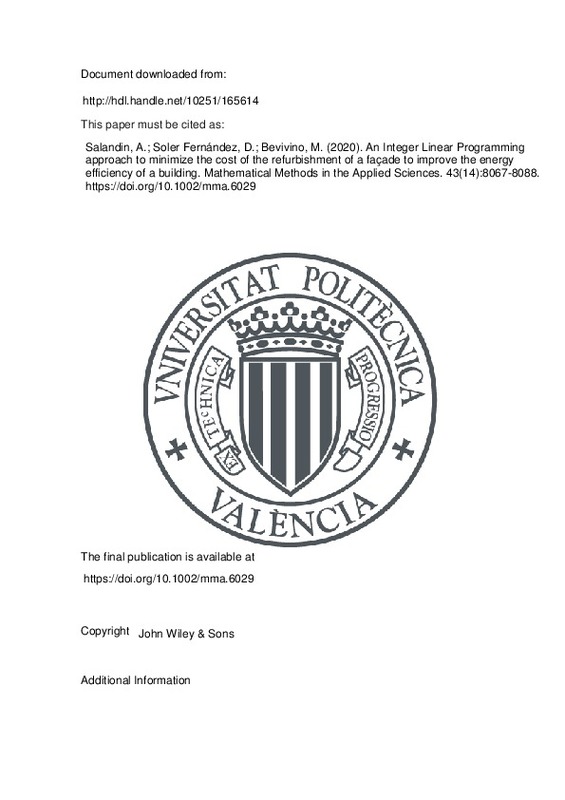Nearly zero‐energy buildingshttps://ec.europa.eu/energy/en/topics/energy‐efficiency/buildings/nearly‐zero‐energy‐buildings(accessed 27.12.2018).
Building stock characteristicshttps://ec.europa.eu/energy/en/eu‐buildings‐factsheets‐topics‐tree/building‐stock‐characteristics(accessed 27.12.2018).
Boletín Especial Censo2011Parque edificatorio Publicaciones del Ministerio de Fomento http://www.fomento.gob.es/MFOM.CP.Web/handlers/pdfhandler.ashx?idpub=BAW021(accessed 27.12.2018).
[+]
Nearly zero‐energy buildingshttps://ec.europa.eu/energy/en/topics/energy‐efficiency/buildings/nearly‐zero‐energy‐buildings(accessed 27.12.2018).
Building stock characteristicshttps://ec.europa.eu/energy/en/eu‐buildings‐factsheets‐topics‐tree/building‐stock‐characteristics(accessed 27.12.2018).
Boletín Especial Censo2011Parque edificatorio Publicaciones del Ministerio de Fomento http://www.fomento.gob.es/MFOM.CP.Web/handlers/pdfhandler.ashx?idpub=BAW021(accessed 27.12.2018).
Boosting Building Renovation.What Potential and Value for Europe? Study for the ITRE Committee 2016http://www.europarl.europa.eu/RegData/etudes/STUD/2016/587326/IPOL_STU(2016)587326_EN.pdf(accessed 27.12.2018).
Directive (EU) 2018/844 of the European Parliament and of the Council of 30 May 2018 amending Directive 2010/31/EU on the energy performance of buildings and Directive 2012/27/EU on energy efficiency (Text with EEA relevance).https://eur‐lex.europa.eu/legal‐content/EN/TXT/?uri=celex:32018L0844(accessed 27.12.2018).
How to Refurbish All Buildings by 2050 Final ReportJune 2012https://www.eui.eu/projects/think/documents/thinktopic/thinktopic72012.pdf(accessed 27.12.2018).
2020 climate & energy package.https://ec.europa.eu/clima/policies/strategies/2020_en(accessed 27.12.2018).
2030 climate & energy framework.https://ec.europa.eu/clima/policies/strategies/2030_en(accessed 27.12.2018).
2050 low‐carbon economyhttps://ec.europa.eu/clima/policies/strategies/2050_en(accessed 27.12.2018).
Lidberg, T., Gustafsson, M., Myhren, J. A., Olofsson, T., & Ödlund (former Trygg), L. (2018). Environmental impact of energy refurbishment of buildings within different district heating systems. Applied Energy, 227, 231-238. doi:10.1016/j.apenergy.2017.07.022
Mickaitytė, A., Zavadskas, E. K., Kaklauskas, A., & Tupėnaitė, L. (2008). THE CONCEPT MODEL OF SUSTAINABLE BUILDINGS REFURBISHMENT. International Journal of Strategic Property Management, 12(1), 53-68. doi:10.3846/1648-715x.2008.12.53-68
Passer, A., Ouellet-Plamondon, C., Kenneally, P., John, V., & Habert, G. (2016). The impact of future scenarios on building refurbishment strategies towards plus energy buildings. Energy and Buildings, 124, 153-163. doi:10.1016/j.enbuild.2016.04.008
Energy efficiency in buildings.https://www.buildingtechnologies.siemens.com/bt/global/en/building‐knowledge/pages/energy‐efficiency.aspx(accessed 27.12.2018).
Baglivo, C., & Congedo, P. M. (2015). Design method of high performance precast external walls for warm climate by multi-objective optimization analysis. Energy, 90, 1645-1661. doi:10.1016/j.energy.2015.06.132
Baglivo, C., Congedo, P. M., D’Agostino, D., & Zacà, I. (2015). Cost-optimal analysis and technical comparison between standard and high efficient mono-residential buildings in a warm climate. Energy, 83, 560-575. doi:10.1016/j.energy.2015.02.062
Corgnati, S. P., Fabrizio, E., Filippi, M., & Monetti, V. (2013). Reference buildings for cost optimal analysis: Method of definition and application. Applied Energy, 102, 983-993. doi:10.1016/j.apenergy.2012.06.001
U‐values in Europe.https://www.eurima.org/u‐values‐in‐europe(accessed 27.12.2018).
CTE.Código Técnico de la Edificación (Spanish Technical Building Act). Documento Básico de Ahorro de Energía (Basic Document for Energy Saving). Version of 2013 with comments of 2016.http://www.codigotecnico.org/images/stories/pdf/ahorroEnergia/DccHE.pdf(accessed 27.12.2018).
Sherali, H. D., & Driscoll, P. J. (2000). Evolution and state-of-the-art in integer programming. Journal of Computational and Applied Mathematics, 124(1-2), 319-340. doi:10.1016/s0377-0427(00)00431-3
Kurnitski, J., Saari, A., Kalamees, T., Vuolle, M., Niemelä, J., & Tark, T. (2013). Cost optimal and nearly zero energy performance requirements for buildings in Estonia. Estonian Journal of Engineering, 19(3), 183. doi:10.3176/eng.2013.3.02
Congedo, P. M., Baglivo, C., D’Agostino, D., & Zacà, I. (2015). Cost-optimal design for nearly zero energy office buildings located in warm climates. Energy, 91, 967-982. doi:10.1016/j.energy.2015.08.078
Sambou, V., Lartigue, B., Monchoux, F., & Adj, M. (2009). Thermal optimization of multilayered walls using genetic algorithms. Energy and Buildings, 41(10), 1031-1036. doi:10.1016/j.enbuild.2009.05.007
Di Perna, C., Stazi, F., Casalena, A. U., & D’Orazio, M. (2011). Influence of the internal inertia of the building envelope on summertime comfort in buildings with high internal heat loads. Energy and Buildings, 43(1), 200-206. doi:10.1016/j.enbuild.2010.09.007
Privitera, G., Day, A. R., Dhesi, G., & Long, D. (2011). Optimising the installation costs of renewable energy technologies in buildings: A Linear Programming approach. Energy and Buildings, 43(4), 838-843. doi:10.1016/j.enbuild.2010.12.003
Ashouri, A., Fux, S. S., Benz, M. J., & Guzzella, L. (2013). Optimal design and operation of building services using mixed-integer linear programming techniques. Energy, 59, 365-376. doi:10.1016/j.energy.2013.06.053
Lindberg, K. B., Doorman, G., Fischer, D., Korpås, M., Ånestad, A., & Sartori, I. (2016). Methodology for optimal energy system design of Zero Energy Buildings using mixed-integer linear programming. Energy and Buildings, 127, 194-205. doi:10.1016/j.enbuild.2016.05.039
Ogunjuyigbe, A. S. O., Ayodele, T. R., & Oladimeji, O. E. (2016). Management of loads in residential buildings installed with PV system under intermittent solar irradiation using mixed integer linear programming. Energy and Buildings, 130, 253-271. doi:10.1016/j.enbuild.2016.08.042
Soler, D., Salandin, A., & Micó, J. C. (2018). Lowest thermal transmittance of an external wall under budget, material and thickness restrictions: An integer linear programming approach. Energy and Buildings, 158, 222-233. doi:10.1016/j.enbuild.2017.09.078
Salandin, A., & Soler, D. (2018). Computing the minimum construction cost of a building’s external wall taking into account its energy efficiency. Journal of Computational and Applied Mathematics, 338, 199-211. doi:10.1016/j.cam.2018.02.003
Generador de Precios de Elementos de la Construcción CYPE Ingenieros S.A. España 2017http://www.generadordeprecios.info(accessed 27.12.2018).
Wolfram Mathematica http://www.wolfram.com/mathematica(accessed 27.12.2018).
[-]







![[Cerrado]](/themes/UPV/images/candado.png)


